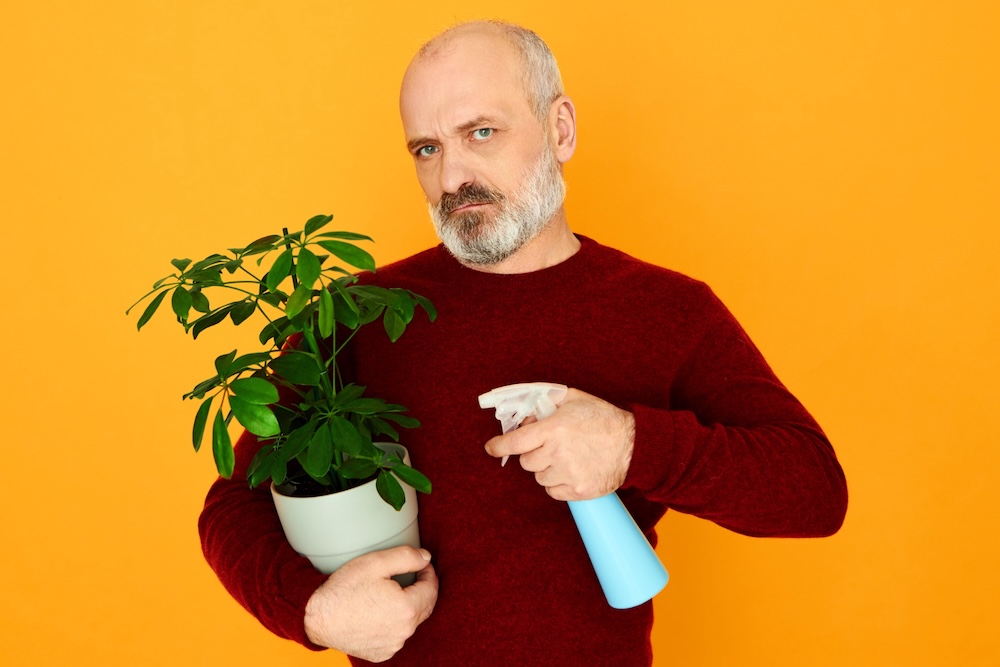Yellowing leaves, or chlorosis, indicate that a plant's chlorophyll production is compromised, affecting its ability to photosynthesize effectively. Understanding the various factors that lead to this condition is essential for maintaining plant health. Below are common causes of leaf yellowing and strategies to address them:

1. Improper Watering
Overwatering: Excessive moisture can suffocate roots, leading to oxygen deprivation and root rot, which manifests as yellowing leaves. Ensure the soil has proper drainage and allow the top few inches to dry out before the next watering.
Underwatering: Insufficient water prevents plants from absorbing necessary nutrients, causing leaves to yellow and wilt. Regularly check soil moisture and water plants thoroughly when the top layer becomes dry.
2. Light Conditions
Inadequate Light: Limited sunlight reduces photosynthesis, leading to pale or yellow leaves. Position plants in locations where they receive appropriate light levels suitable for their species.
Excessive Light: Too much direct sunlight can scorch leaves, causing them to yellow or develop brown edges. Relocate plants to areas with filtered or indirect light if sunburn is evident.
3. Nutrient Deficiencies
Nitrogen Deficiency: A lack of nitrogen, vital for chlorophyll production, results in older leaves turning yellow first. Applying a balanced fertilizer can replenish nitrogen levels.
Iron Deficiency: Iron is crucial for chlorophyll synthesis. Its deficiency leads to interveinal chlorosis, where leaf veins remain green while the areas between turn yellow. This often occurs in alkaline soils where iron becomes less available.
4. Temperature Stress
Exposure to extreme temperatures or sudden fluctuations can stress plants, causing leaves to yellow. Protect plants from drafts, sudden temperature changes, and place them in environments with stable, suitable temperatures.
5. Pests and Diseases
Infestations by pests like aphids, spider mites, or mealybugs can damage plant tissues, leading to yellowing leaves. Regularly inspect plants for signs of pests and treat infestations promptly using appropriate methods, such as insecticidal soaps or natural predators.
6. Soil pH Imbalance
An improper soil pH can hinder nutrient availability, causing deficiencies that lead to chlorosis. Test soil pH and amend it as necessary to match the preferred range for your specific plants, ensuring optimal nutrient uptake.
7. Root Constraints
Compacted or bound roots can restrict water and nutrient absorption, leading to yellowing foliage. Ensure plants have adequate space to grow, and consider repotting those that have outgrown their containers.
8. Natural Aging
It's natural for older leaves to yellow and drop as part of a plant's life cycle. If the plant appears healthy overall and only the lower, older leaves are affected, this may not be a cause for concern.
By carefully assessing these factors and observing your plant's condition, you can identify the underlying causes of leaf yellowing and implement appropriate corrective measures to restore plant health.